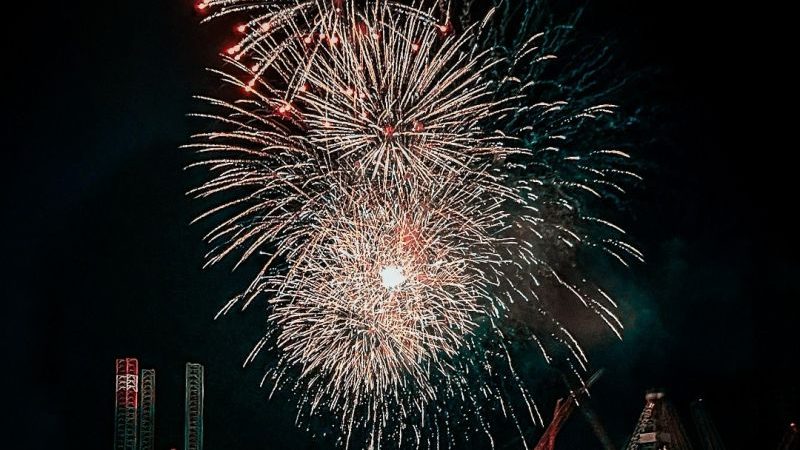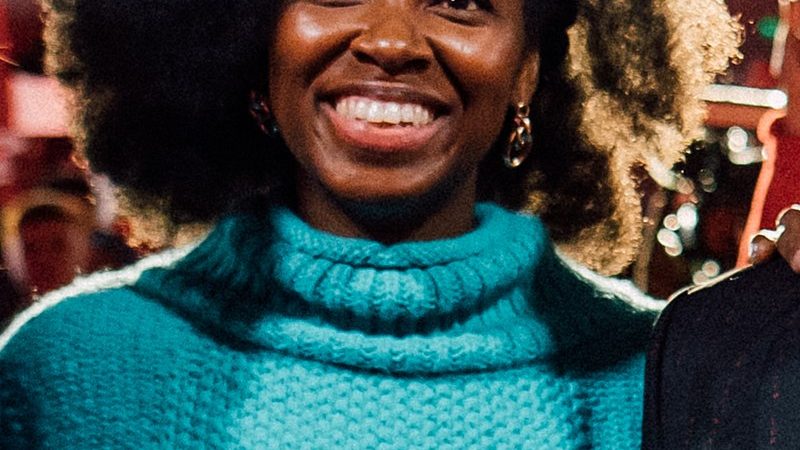“Whiskers Through Time: Unraveling the Mysteries of the Oldest Domestic Cats”

The world of feline companionship is rich with history, and at the heart of this journey lies the enigmatic figure of the oldest domestic cat. From the majestic Egyptian Mau to the mysterious Abyssinian, these timeless feline friends have left their paw prints on the sands of history, captivating the hearts of humans for thousands of years.
-
The Ancient Origins:
The journey of domestication for cats began around 10,000 years ago in the Fertile Crescent, a region encompassing parts of modern-day Iraq, Iran, and Syria. As humans transitioned from a nomadic lifestyle to settled agriculture, the surplus of stored grains attracted rodents, drawing in wild felines looking for an easy meal. Over time, a mutually beneficial relationship developed between humans and cats, leading to the first instances of domestication.
The African Wildcat (Felis silvestris lybica) is believed to be the closest ancestor of the modern domestic cat. With its distinctive tabby coat and independent nature, this wild ancestor laid the foundation for the diverse breeds we know today.
-
The Revered Egyptian Cats:
No exploration of ancient cats is complete without a nod to the revered felines of ancient Egypt. Cats held a special place in Egyptian society, often symbolizing grace, protection, and mystery. The Egyptian Mau, with its distinctive spotted coat, is often considered one of the oldest domestic cat breeds, tracing its roots back to these ancient times.
Cats were so highly regarded that they were often mummified and buried with their owners, signifying their importance in the afterlife. The goddess Bastet, depicted with the head of a lioness or domestic cat, was the Egyptian deity associated with home, fertility, and protection. The veneration of cats in ancient Egypt played a crucial role in their domestication and eventual spread across the world.
-
The Prowess of the Persian:
Moving forward in time, the Persian cat emerges as one of the oldest and most iconic domestic cat breeds. Originating in Persia (modern-day Iran), these regal felines are known for their luxurious long fur and distinctive flat-faced appearance. Persians were introduced to Europe in the 1600s, capturing the hearts of aristocrats and commoners alike with their elegant demeanor.
Persians have been immortalized in art, literature, and folklore, portraying them as symbols of grace and sophistication. Despite their long history, Persians have retained their popularity, showcasing the enduring charm of these ancient companions.
-
The Mysterious Abyssinian:
Venturing into the depths of Africa, we encounter the Abyssinian cat, another contender for the title of the oldest domestic cat breed. Often depicted in ancient Egyptian art, the Abyssinian is believed to have a lineage dating back to the time of the pharaohs. Their sleek, ticked coat and playful demeanor add to their mystique, making them a favorite among cat enthusiasts.
Despite their ancient origins, Abyssinians were reintroduced to Europe in the late 19th century, captivating audiences with their exotic appearance. The Abyssinian’s journey through time showcases the resilience and adaptability of domestic cats across different cultures and landscapes.
-
The Enduring Legacy:
As we reflect on the oldest domestic cats, it becomes evident that their legacy is woven into the fabric of human civilization. From ancient civilizations to modern households, these feline companions have traversed through time, leaving an indelible mark on our hearts and homes.
The enduring appeal of domestic cats lies in their ability to adapt and forge deep connections with their human counterparts. Whether it’s the playful antics of a Siamese or the dignified presence of a Maine Coon, each cat breed carries a piece of history within its genetic code.
Conclusion:
In the tapestry of time, the oldest domestic cats stand as silent witnesses to the evolution of human civilization. From the ancient streets of Egypt to the royal courts of Persia, these feline companions have been cherished for their grace, mystery, and unwavering loyalty. As we continue to share our homes with these captivating creatures, let us celebrate the timeless bond between humans and the oldest domestic cats, a connection that transcends the boundaries of history and embraces the eternal spirit of companionship.
What is considered the oldest domestic cat breed?
A: Determining the absolute oldest domestic cat breed is challenging due to the ancient history of cat domestication. However, breeds like the Egyptian Mau, Persian, and Abyssinian are often considered among the oldest.
When and where were cats first domesticated?
A: Cats were likely first domesticated around 10,000 years ago in the Fertile Crescent, a region that includes parts of modern-day Iraq, Iran, and Syria. The transition from a nomadic to an agricultural lifestyle attracted wild cats looking for food sources.
What role did cats play in ancient Egyptian society?
A: Cats held a special and revered status in ancient Egypt. They were associated with the goddess Bastet, symbolizing protection, home, and fertility. Cats were often mummified and buried with their owners, showcasing their significance in the afterlife.
Are there any ancient cat breeds still present today?
A: Yes, several cat breeds have ancient roots and are still present today. The Egyptian Mau, Persian, and Abyssinian are examples of breeds that trace their lineage back to ancient times, maintaining some of their original characteristics.
What makes the Persian cat one of the oldest breeds?
A: The Persian cat is considered one of the oldest domestic cat breeds due to its origin in Persia (modern-day Iran) and its introduction to Europe in the 1600s. Persians are known for their distinctive appearance, characterized by a long, luxurious coat and a flat-faced profile.
Are there any efforts to preserve ancient cat breeds?
A: Various cat breeding associations and enthusiasts actively work to preserve and promote ancient cat breeds. Preservation efforts aim to maintain the historical traits and characteristics of these breeds, ensuring their continuity for future generations.
How did cats spread across different cultures and regions?
A: Cats likely spread through human migration and trade routes. As civilizations expanded and interacted, cats accompanied humans, providing valuable pest control services. The popularity of cats in different cultures led to their widespread domestication.
What distinguishes the Abyssinian cat as one of the oldest breeds?
A: The Abyssinian cat is considered one of the oldest due to its presence in ancient Egyptian art and its sleek, ticked coat. While their exact origins are debated, Abyssinians were reintroduced to Europe in the late 19th century, gaining popularity for their exotic appearance.
How have domestic cats adapted over time?
A: Domestic cats have adapted to diverse environments and lifestyles. While some breeds retain ancestral characteristics, others have developed new traits through selective breeding. Overall, domestic cats showcase remarkable adaptability and resilience.
What is the significance of the enduring bond between humans and domestic cats?
A: The enduring bond between humans and domestic cats goes beyond history. Cats provide companionship, emotional support, and contribute to the overall well-being of their owners. This timeless connection highlights the unique and cherished role that cats play in human lives






